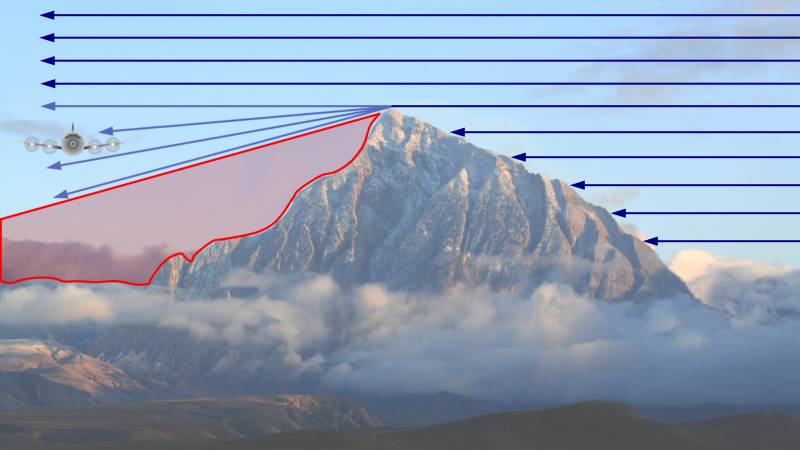Diffraction

wave-front
Figure 1: Diffraction of electromagnetic waves

wave-front
Figure 1: Diffraction of electromagnetic waves
A radio wave that meets an obstacle has a natural tendency to bend around the obstacle as illustrated in the figure. The bending, called diffraction, results in a change of direction of part of the wave energy from the normal line-of-sight path.
This change makes it possible to receive energy around the edges of an obstacle or at some distances below the highest point of an obstruction. Although diffracted rf energy usually is weak, it can still be detected by a suitable receiver. The principal effect of diffraction extends the radio range beyond the visible horizon.
In certain cases, by using high power and very low frequencies, radio waves can be made to encircle the Earth by diffraction.
